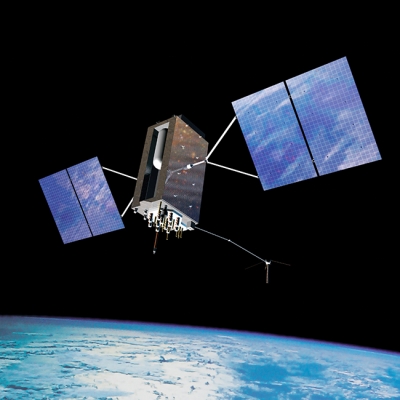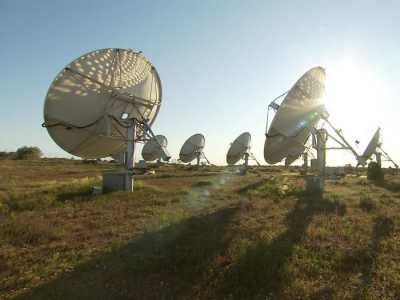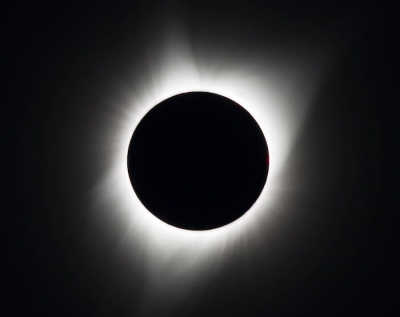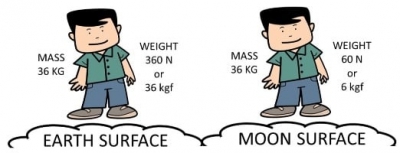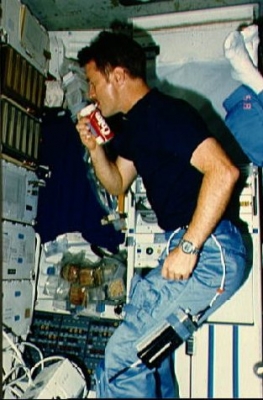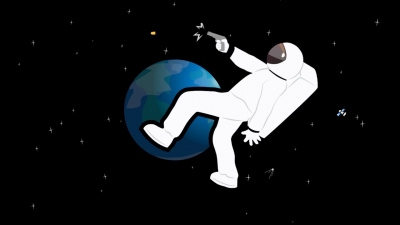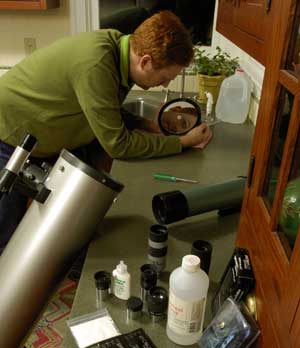
The six-year-old Ryugu mission came to an end for Japan’s Hayabusa-2 spacecraft when it brought back a capsule of samples from the asteroid on December 6. The capsule landed near Woomera in South Australia. After preliminary inspection, it was flown to the Japan Aerospace Exploration Agency (JAXA) research centre. The extremely high precision required to carry out the mission thrilled many in Japan. The project’s manager, Yuichi Tsuda of JAXA, called the capsule a “treasure box.” What’s the mission Hayabusa-2 all about and what’s special about Ryugu?
The unmanned Hayabusa-2 spacecraft was launched on December 3, 2014 to Ryugu, an asteroid more than 300 million km away from Earth. It is a successor to the Hayabusa mission, which returned asteroid samples from Itokawa in June 2010.
Hayabusa-2 arrived at the Ryugu asteroid in June 2018 after which it deployed two rovers and a small lander onto the surface. The asteroid’s extremely rocky surface forced the mission’s team to revise landing plans, and the spacecraft managed to collect data and soil samples in the more than one-year time it spent by Ryugu. In its first touchdown in February 2019, the spacecraft collected surface dust samples. In June 2019, Hayabusa-2 blasted a crater into the asteroid’s surface and then collected underground samples from the asteroid, a first for space history. In late 2019, Hayabusa-2 left Ryugu on its year-long journey to return the samples to Earth which ended on December 6, 2020.
How did the samples reach Earth?
As it approached Earth, approximately at 220,000 km from space, Hayabusa-2 released a capsule and fired its engines to push off in another direction. The 16 kg capsule entered the Earth’s atmosphere and landed inside the Woomera Range Complex in the South Australian outback using a parachute. A recovery team collected the pan shaped capsule, about 40 cm in diameter. The capsule contains soil samples taken from two different sites on asteroid Ryugu. Some gases might also be embedded in the samples. The preliminary inspection was done at a lab in Australia. The Hayabusa-2 team wanted the sample in Japan within 100 hours of its entry into Earth in order to keep the space rock pristine. So the capsule was taken on a nine-hour flight to the JAXA.
What is special about Ryugu?
Ryugu is a Near-Earth Asteroid (NEA) with orbits that pass dose by the Earth. It is classified as a potentially hazardous asteroid. Ryugu is an ancient fragment of a larger asteroid that formed in the cloud of gas and dust that spawned our solar system. It is an intriguing type of asteroid that’s rich in carbon, an element essential to life. The water composition of some asteroids is believed to be similar to Earth. By studying Ryugu, scientists hope to test this theory.
What can the asteroid samples tell us?
Asteroids orbit the Sun but are much smaller than planets. Scientists believe asteroids are made of the same stuff that went into forming the planets such as Earth They are among the oldest objects in the solar system and therefore may contain dues to how Earth evolved.
Scientists say the samples, especially those taken from under the asteroids surface contain data from 4.6 billion years ago unaffected by space radiation and other environmental factors. They are particularly interested in studying organic materials in the samples to learn about how they are distributed in the solar system and if or how they are related to life on Earth. The samples may help explain the origins of the solar system and how water helped to bring life to Earth. Fragments brought back from Ryugu can also tell its collision and thermal history.
Why is the mission such a big deal for Japan?
The first Hayabusa spaceship’s return was considered a miracle, given the troubles it encountered. JAXA’S subsequent Venus and Mars missions also were flawed. According to the Hayabusa-2 team, it used all the hard lessons learnt from the earlier missions to accomplish a 100 times better than “perfect outcome.
What is next for Hayabusa-2?
About an hour after the sample capsule separated from Hayabusa-2, the spacecraft was sent on another mission to the smaller asteroid. 1998KY26. That is an 11-year journey one way. The mission is to study possible ways to prevent big meteorites from colliding with Earth. Between 2021 and 2026, the spacecraft will also conduct observations of exoplanets.
As for the samples, some will be shared with NASA and other international scientists. About 40% of them will be stored for future research.
Picture Credit : Google
